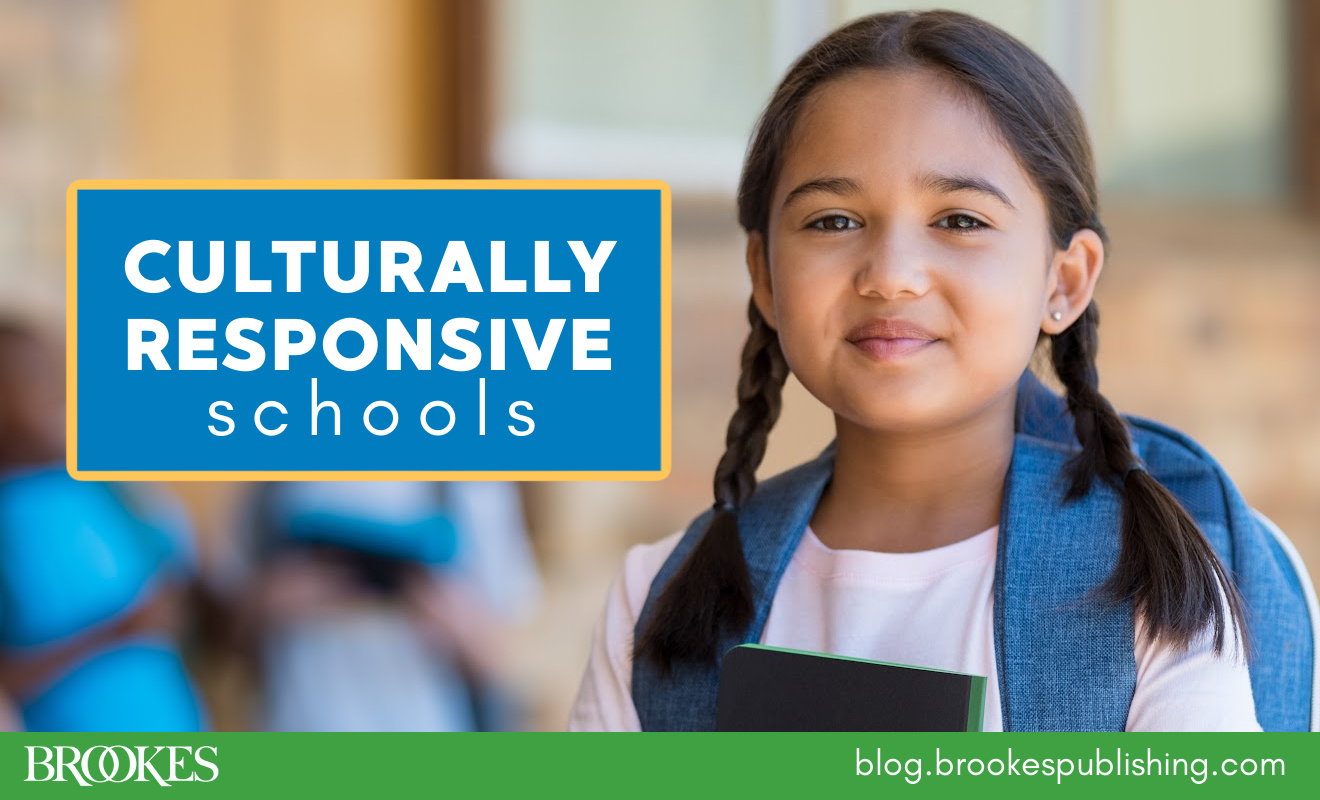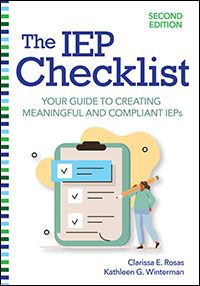10 Questions for Creating Culturally Responsive School Environments
October 1, 2024
 How can schools create supportive, culturally responsive environments for students with disabilities from diverse backgrounds? Adapted from the second edition of The IEP Checklist, the questions in today’s post will help you determine (and build!) the least restrictive environment (LRE) for these students.
How can schools create supportive, culturally responsive environments for students with disabilities from diverse backgrounds? Adapted from the second edition of The IEP Checklist, the questions in today’s post will help you determine (and build!) the least restrictive environment (LRE) for these students.
As a refresher: The least restrictive environment is the environment most like that of children without disabilities in which the child with a disability can make progress—both in the curriculum and on their specific IEP goals. For students who come from culturally and linguistically diverse backgrounds, it’s important that the LRE provides opportunities for English language proficiency development, support for their home language and culture, and opportunities to interact with peers who have similar language and cultural experiences.
First, identify a student with a disability who comes from a CLD background. Then, use the following questions to survey your school and classroom environment, materials, and interactions that the student engages with on a daily basis. Carefully consider any adjustments you might need to make to ensure culturally and linguistically responsive instruction in the LRE.
- Does the school and the environments in which the student participates (i.e., general and special education classrooms) display items that reflect the culture and home language of the student? Examples of items include bulletin boards, posters, and signs.
- Are your school assemblies and other large-group gatherings responsive to the culture and home language of the student?
- Are the parents or caregivers of the child involved in school activities?
- Does the school provide written communication (e.g., website, policies, newsletters) in the home language of the student?
- Does the school and classroom library include books and perspectives that reflect the culture and home language of the student?
- Do textbooks and other school materials include images and information that reflect the culture and home language of the student?
- Do textbooks and other teaching materials provide a perspective that includes other cultures, including that of the student?
- Do the teaching staff and service providers deliver instruction and/or therapy in a culturally and linguistically responsive manner?
- Does the student have opportunities to interact with peers without disabilities who come from the same cultural and linguistic background as the student?
- For an English language learner, does the student participate in bilingual and/or English as a second language programs?
For more guidance on creating the LRE for culturally and linguistically diverse students with disabilities, get the book behind today’s post—a one-stop IEP guide for special education teams!




Write a Comment
Your email address will not be published. Required fields are marked *
Post a Comment